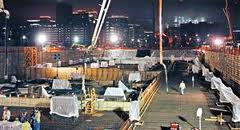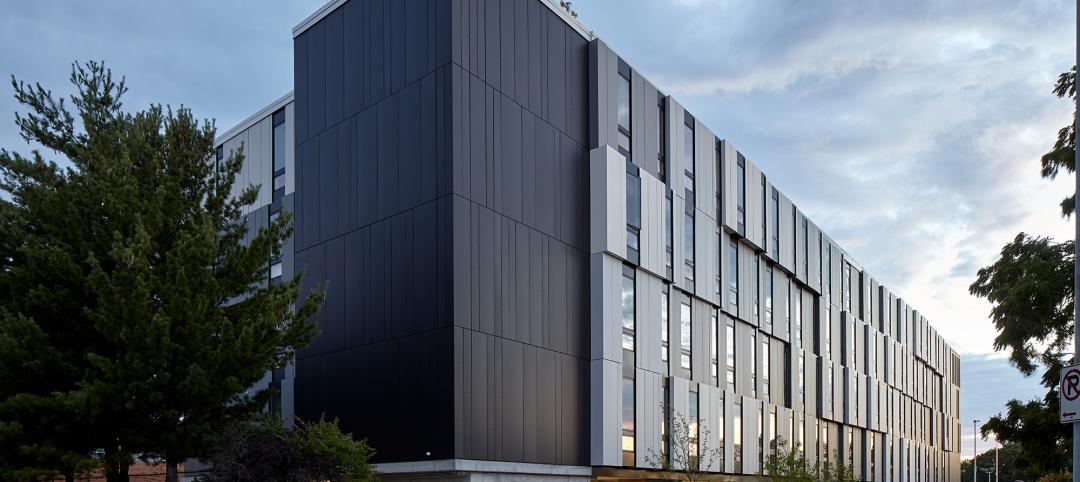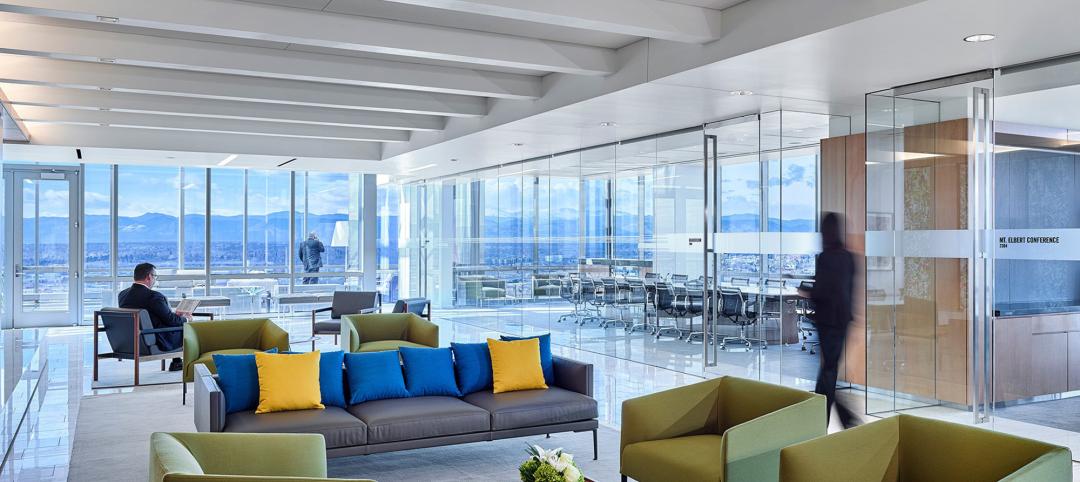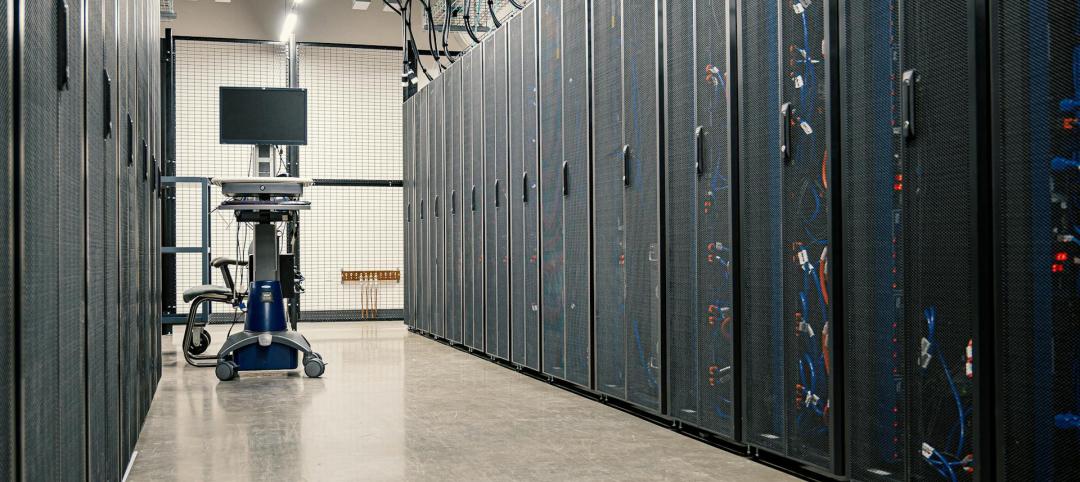FMI, the largest provider of management consulting and investment banking to the engineering and construction industry, announces the release of the Construction Outlook: Third Quarter 2011 Report.
Overall, in FMI’s latest forecast for construction put in place calls for 2% growth in 2011 and 6% for 2012 to $886.2 billion in total construction. In today’s economy that sounds like ambitious growth, but in constant 2006 dollars, that is only 3% growth for 2012 and a 1% drop in construction for 2011. To put it in perspective, in 2012 we will nearly return to 2003 levels of construction in current dollars.
Despite geo-political upheavals and constant debates about debt levels in the U.S. and Europe, budget brinksmanship in Congress, as well as a rash of natural disasters, construction markets are inching along. U.S. GDP is slow at 1.3%, but positive. Some of the unemployment problem is due to increased productivity in manufacturing and other service businesses, but, so far, there doesn’t seem to be much innovation and investment in new markets and jobs. Both consumers and businesses are rebuilding their savings and confidence in the economy, but that is a slow process with numerous setbacks. It seems that the largest barrier to moving the economy forward is fear that no one has a plan that will work. After the go-go years of high finance and exuberant housing markets, we now have high-risk aversion, and not without good reasons.
In the midst of these extremes, the inchworm economy is struggling along, and it will take some time to revive an industry the size of U.S. construction. There are positive signs to build on, for instance, if businesses with record profits now held in reserve decide that they can make more with their money by investing in new R&D, plants, equipment and personnel, then a new construction boom could follow. On the other hand, as economists like to say, if fear and risk aversion win out, those looking for a second dip of recession could find their wishes come true.
Hard-hit residential markets will start to improve, especially multi-family construction, which is becoming more desirable as banks continue to tighten financing requirements and homeowners are still reeling from the fears of foreclosure. Lodging, office and commercial construction will continue to struggle until more Americans have good jobs. BD+C
Related Stories
Curtain Wall | Aug 15, 2024
7 steps to investigating curtain wall leaks
It is common for significant curtain wall leakage to involve multiple variables. Therefore, a comprehensive multi-faceted investigation is required to determine the origin of leakage, according to building enclosure consultants Richard Aeck and John A. Rudisill with Rimkus.
MFPRO+ News | Aug 14, 2024
Report outlines how Atlanta can collaborate with private sector to spur more housing construction
A report by an Urban Land Institute’s Advisory Services panel, commissioned by the city’s housing authority, Atlanta Housing (AH), offered ways the city could collaborate with developers to spur more housing construction.
Adaptive Reuse | Aug 14, 2024
KPF unveils design for repositioning of Norman Foster’s 8 Canada Square tower in London
8 Canada Square, a Norman Foster-designed office building that’s currently the global headquarters of HSBC Holdings, will have large sections of its façade removed to create landscaped terraces. The project, designed by KPF, will be the world’s largest transformation of an office tower into a sustainable mixed-use building.
Sustainability | Aug 14, 2024
World’s first TRUE Zero Waste for Construction-certified public project delivered in Calif.
The Contra Costa County Administration Building in Martinez, Calif., is the world’s first public project to achieve the zero-waste-focused TRUE Gold certification for construction. The TRUE Certification for Construction program, administered by Green Business Certification Inc. (GBCI), recognizes projects that achieve exceptional levels of waste reduction, reuse, and recycling.
Modular Building | Aug 13, 2024
Strategies for attainable housing design with modular construction
Urban, market-rate housing that lower-income workers can actually afford is one of our country’s biggest needs. For multifamily designers, this challenge presents several opportunities for creating housing that workers can afford on their salaries.
University Buildings | Aug 12, 2024
Planning for growing computer science programs
Driven by emerging AI developments and digital transformation in the business world, university computer science programs are projected to grow by nearly 15% by 2030.
Energy Efficiency | Aug 9, 2024
Artificial intelligence could help reduce energy consumption by as much as 40% by 2050
Artificial intelligence could help U.S. buildings to significantly reduce energy consumption and carbon emissions, according to a paper by researchers at the Lawrence Berkeley National Laboratory.
Sponsored | Healthcare Facilities | Aug 8, 2024
U.S. healthcare building sector trends and innovations for 2024-2025
As new medicines, treatment regimens, and clinical protocols radically alter the medical world, facilities and building environments in which they take form are similarly evolving rapidly. Innovations and trends related to products, materials, assemblies, and building systems for the U.S. healthcare building sector have opened new avenues for better care delivery. Discussions with leading healthcare architecture, engineering, and construction (AEC) firms and owners-operators offer insights into some of the most promising directions. This course is worth 1.0 AIA/HSW learning unit.
Office Buildings | Aug 8, 2024
6 design trends for the legal workplace
Law firms differ from many professional organizations in their need for private offices to meet confidentiality with clients and write and review legal documents in quiet, focused environments
Data Centers | Aug 8, 2024
Global edge data center market to cross $300 billion by 2026, says JLL
Technological megatrends, including IoT and generative AI, will require computing power to be closer to data generation and consumption, fueling growth of edge IT infrastructure, according to a new JLL report.

















